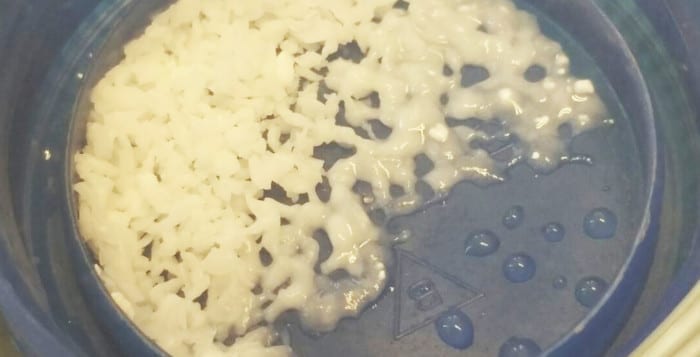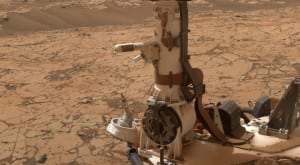By Elof Axel Carlson

When I first read a biography of Darwin as a teenager, I was attracted to his reputation of having “an enlarged curiosity.” It also described my own personality.
I never got museum fatigue going through New York’s museums. They were free during the 1940s and my brother and I would enjoy many trips with our mother during the summer to visit them.
It was fun to study paintings to see how artists differed in the way they drew facial features. It was fun to go through the fossils of dinosaurs and see how much their skeletons resembled those of birds.
I could imagine being an unseen witness to the huge teeth and claws of meat-eating dinosaurs. I loved looking at gems in the mineral display gallery. I learned about New York City history by looking at the dioramas on the first floor of the American Museum of Natural History.
Curiosity is natural to children and they delight in discovering new facts. That curiosity is often stifled by parents who tire of an overload of questions. When a child becomes curious and discovers items parents do not want their children to know about, they often are told that “curiosity may kill a cat.”
I often satisfied my curiosity at home reading in the Encyclopaedia Britannica, which my father bought on installment just before I was born. He argued that I could sleep in an open suitcase on the kitchen table and buying the encyclopedia was more important than the type of bedding an infant slept in. I bless him for that foresight.
Random reading on rainy days in the encyclopedia filled me with facts about the universe. I read about the art of bonsai or miniaturized trees in Japanese gardens. I read about Egyptian mummies and learned under the topic Bubastis, that there was a city devoted to cats and their burial in ancient Egypt. The isolated facts over the years became a treasure trove of information.
Curiosity is essential for science. It motivates adolescents and young adults to find careers in science and fields of scholarship. In antiquity, scholars like Aristotle or Pliny (both uncle and nephew) sought to amass all known knowledge and their works are a major source of what we know about Greek and Roman civilizations.
William Bateson, who coined the term “genetics” in 1906 for my field, said, “Treasure your exceptions” because from them new fields may arise. How true that was for me when I found an unusual fly in an exercise in one of H. J. Muller’s classes as a graduate student. That unusual fly turned out to be a rare instance of two pieces of a gene being united in a new way. It led to my doctoral dissertation study.
Today many scholarly tasks are done by computers. Wikipedia is now an essential starting tool to explore a topic and obtain several scholarly references to extend a search for knowledge. While the tools for scholars may change, the curiosity fueling scholarship cuts across all disciplines.
Elof Axel Carlson is a distinguished teaching professor emeritus in the Department of Biochemistry and Cell Biology at Stony Brook University.







